Food Storers vs Fat Storers
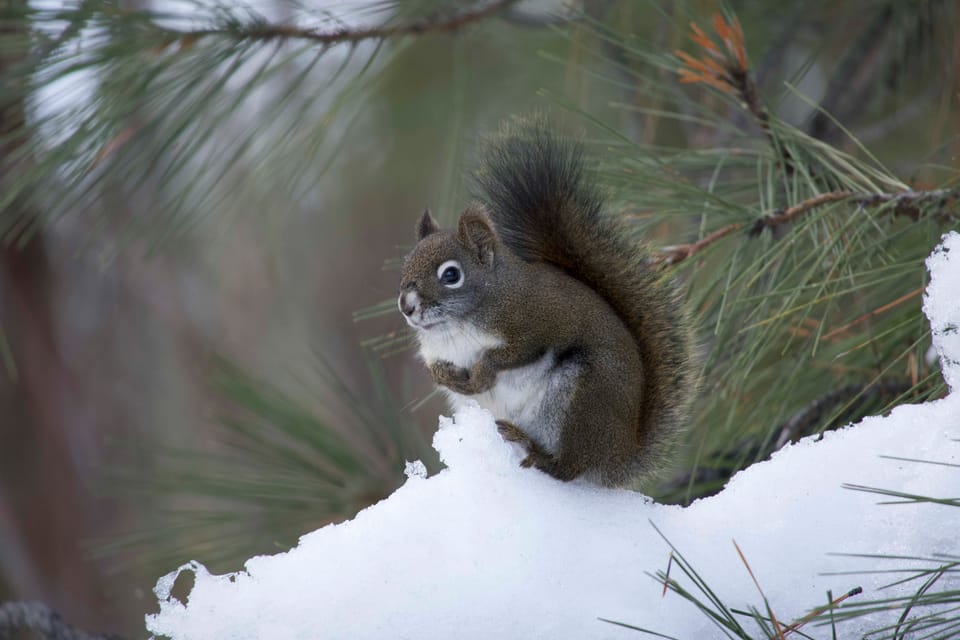
I'm looking forward to the next 52 issues and many more awesome adventures!
Best of all, this monumental effort has been sustained by your generous subscriptions and I am so thankful for your support. If you want to help, but don't feel like signing up for a paid subscription, I have added the option of making a donation in any amount with the link below.

This winter I have been thinking about how plants and animals survive snow and ice, and there's a great example I want to share with you. This is the story of how closely related squirrels have chosen different paths, and what this teaches us about winter.
Squirrels are a large, and diverse group of rodents, so for simplicity's sake let's focus on three broad groups: ground squirrels, tree squirrels, and chipmunks.
Ground squirrels are the classic hibernators. We tend to think of mammals as hibernating to survive winter, but hibernation is in fact a rare strategy practiced by only a handful of mammals.
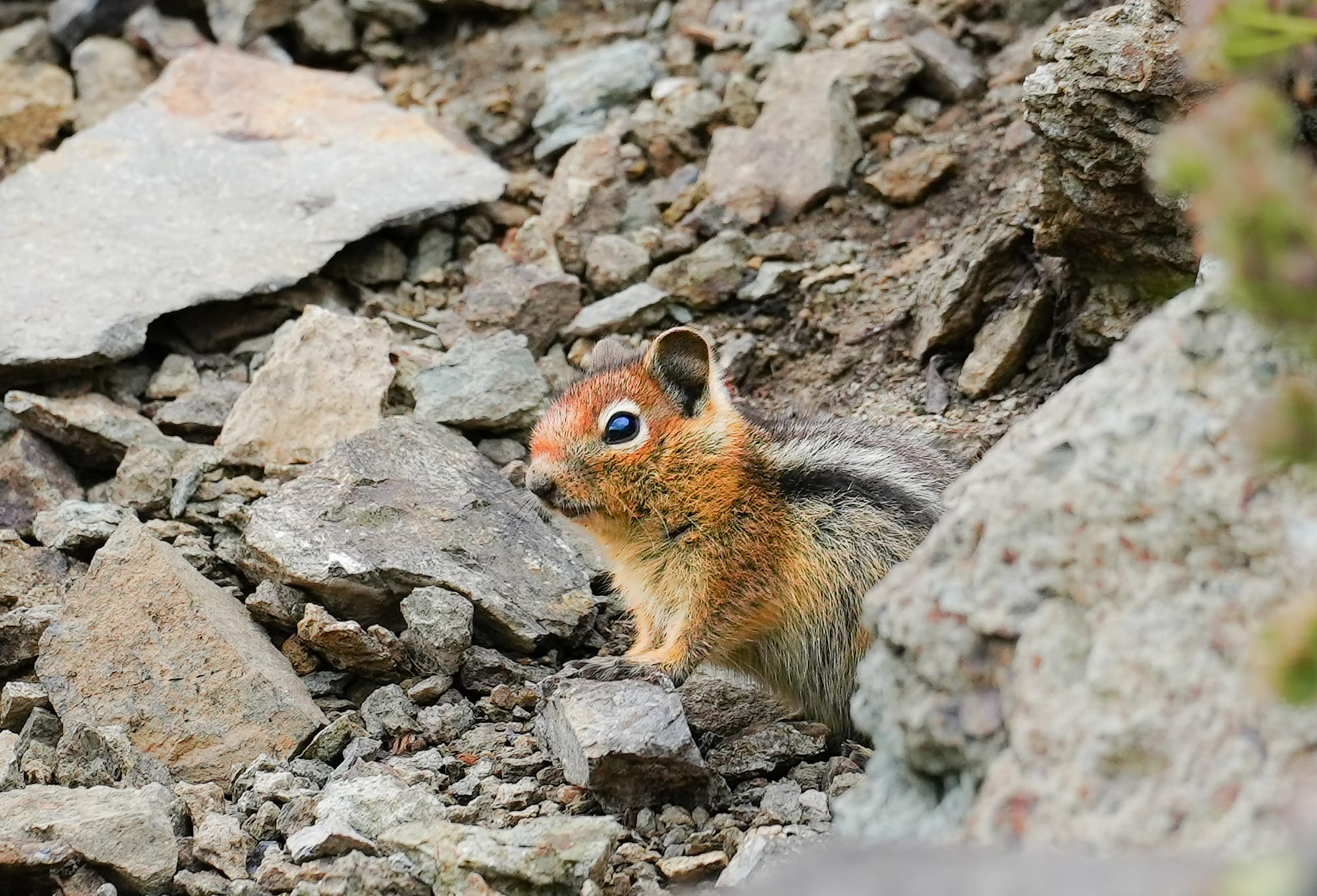
True hibernation means that you're lowering your metabolic rate to a mere fraction of your normal rate. Blood flow slows almost to a complete halt, breathing decreases to one breath every few minutes, and brain activity drops to 1-2% of normal.
Going into a state of hibernation is drastic, risky, and complex, and the only way to survive is to store as much body fat as you're physically capable of, then metabolize this fat through the winter (see below if you're interested in learning more about this).
However, ground squirrels have no choice because they live in underground tunnels under the snow, and all their potential food sources are also buried under snow.
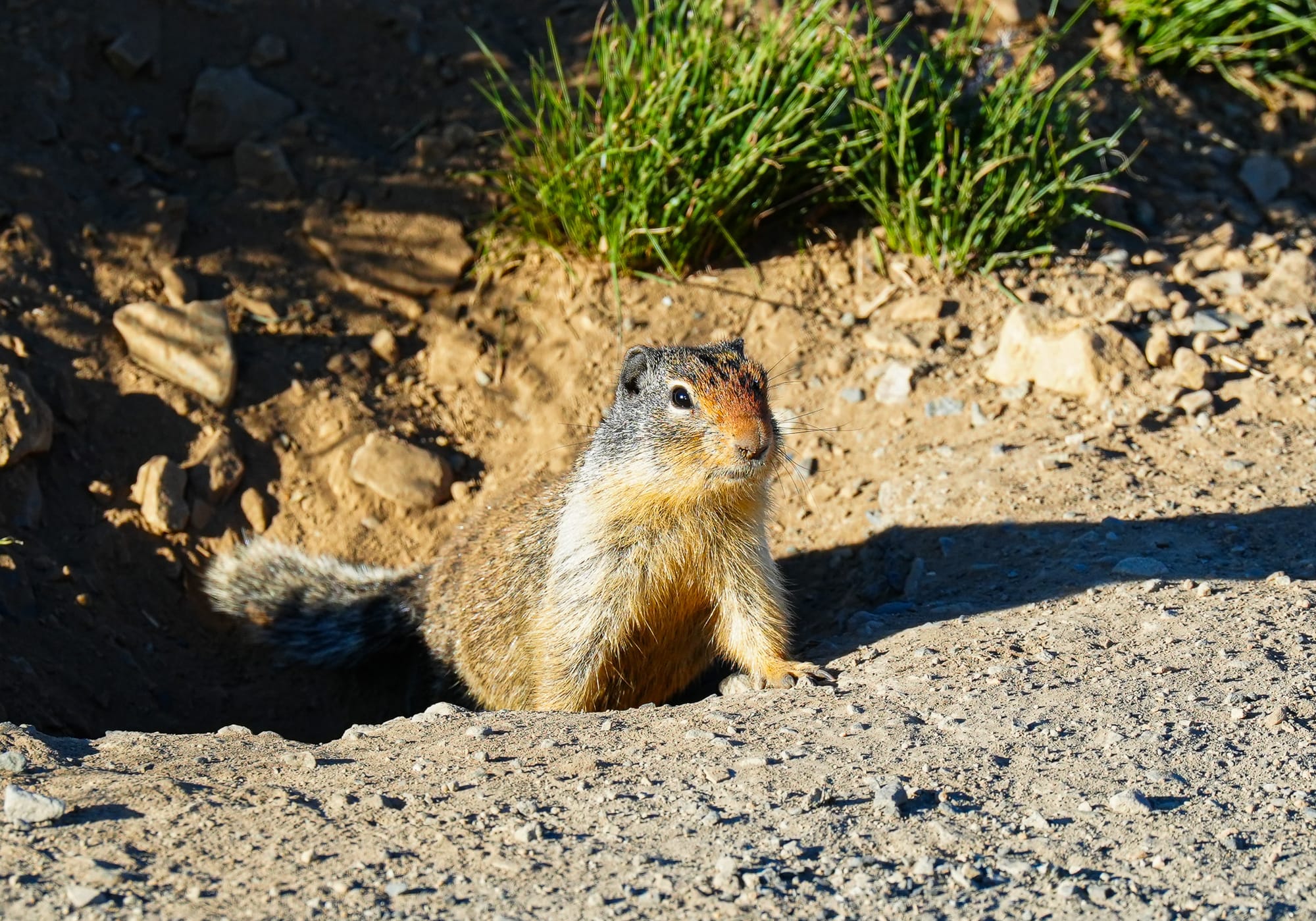
Ground squirrels could only survive the winter if they stored food in tunnels, but their diet consists of green grasses and leaves, and there's no way to store these foods without them getting moldy. This leaves them no choice except to spend their entire summer converting green vegetation into body fat, then living on this stored fat through the winter.
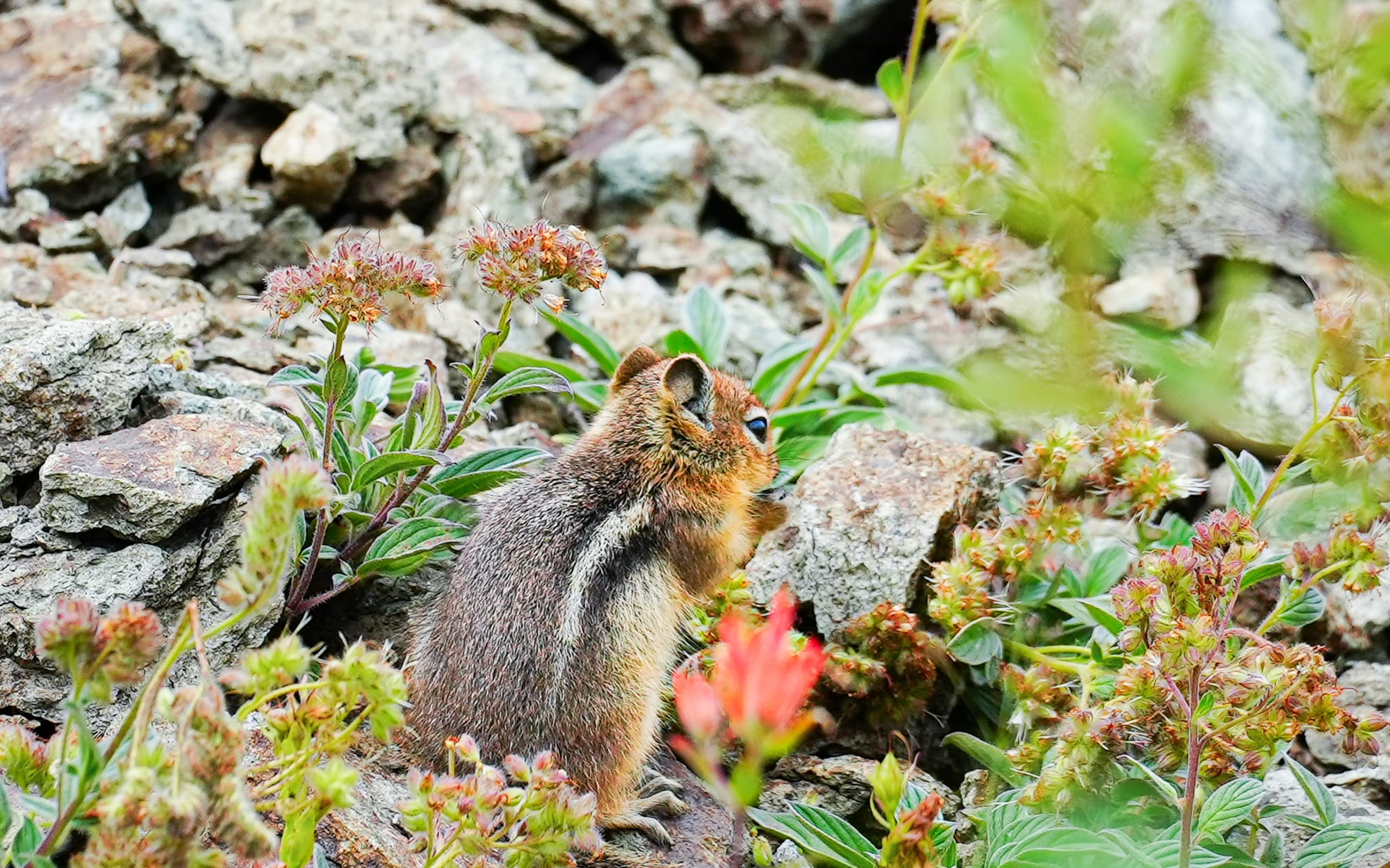
Tree squirrels, on the other hand, live in trees where they can always find food like leaf buds. This means that they don't accumulate body fat and instead stay lean and active all winter long, waking up multiple times a day to run around looking for food.
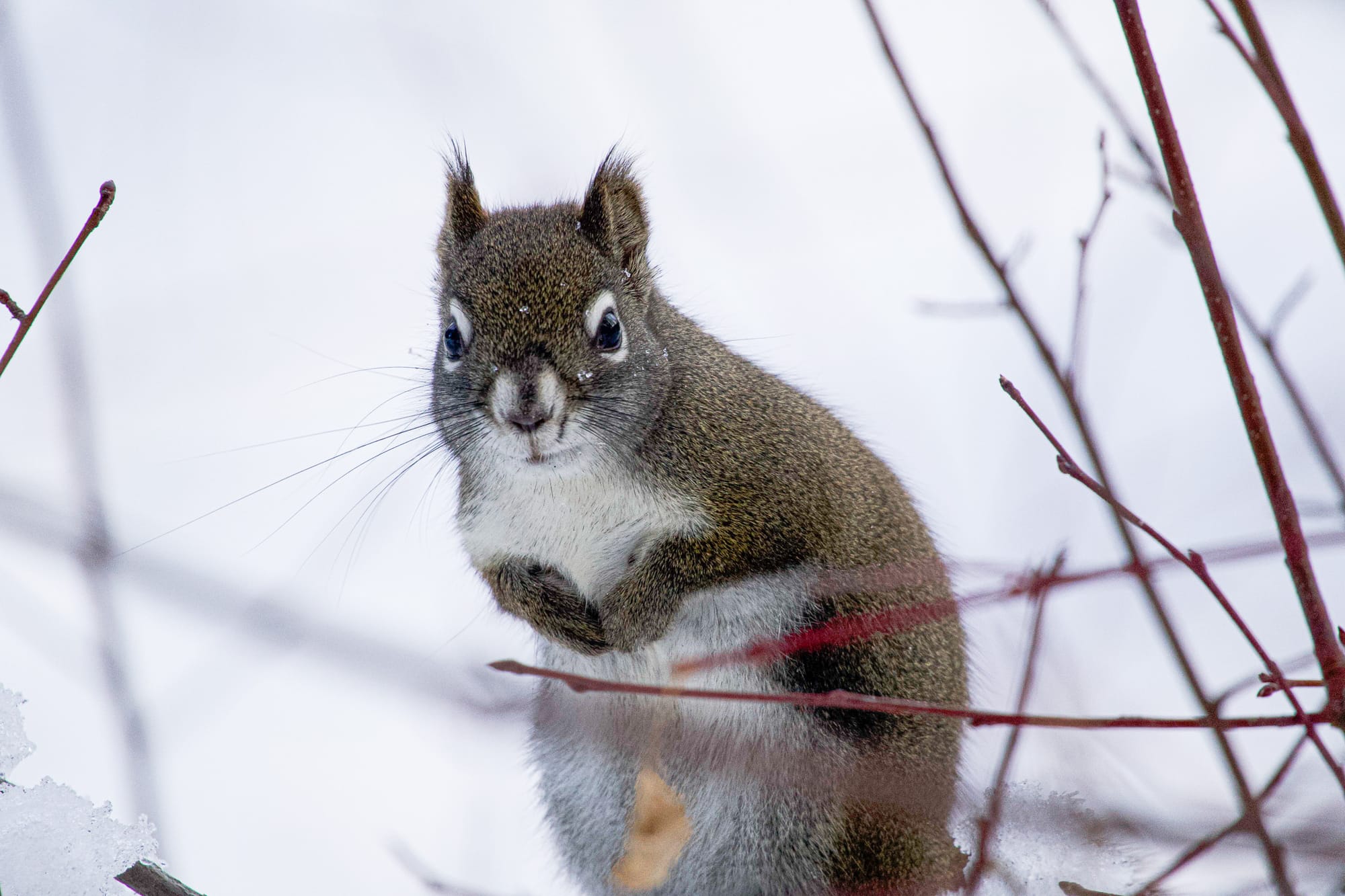
In addition, tree squirrels spend a lot of time and energy in the late summer harvesting up to 18,000 conifer cones, which they store in 1-3 very large caches that serve as their primary food supply through the winter.
Chipmunks occupy more of a middle ground. They spend most of their time on the ground, but readily scamper into trees and shrubs, with gives them access to a wide range of plant and animal foods.
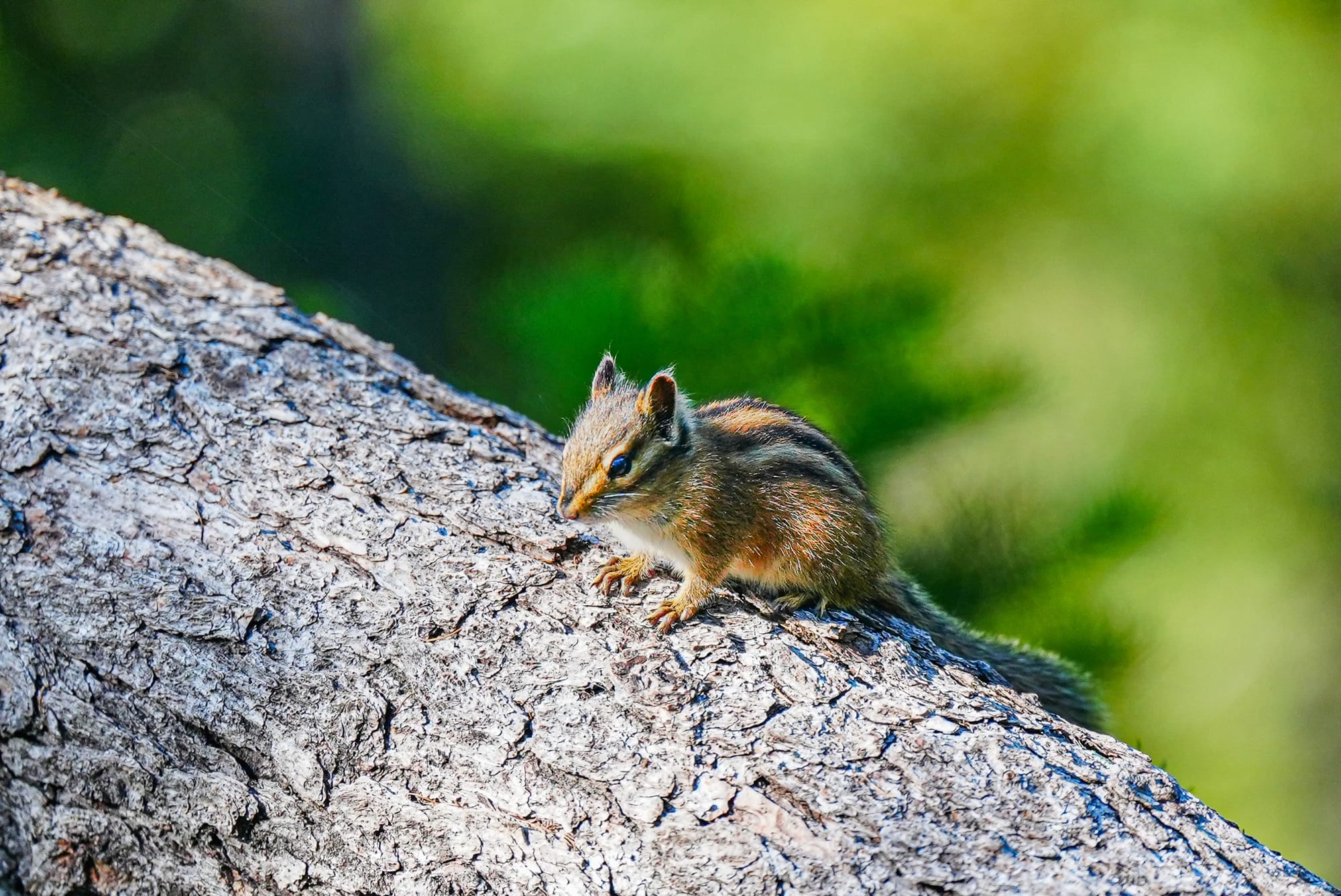
At the same time, they sleep in crevices or underground tunnels, so they face some of the same challenges as ground squirrels, but unlike ground squirrels they stockpile up to six pounds of nuts, seeds, and dried fruits in their winter nests. Rather than being true hibernators, they go into torpor and wake up every couple days to urinate, defecate, and nibble on their stored food.
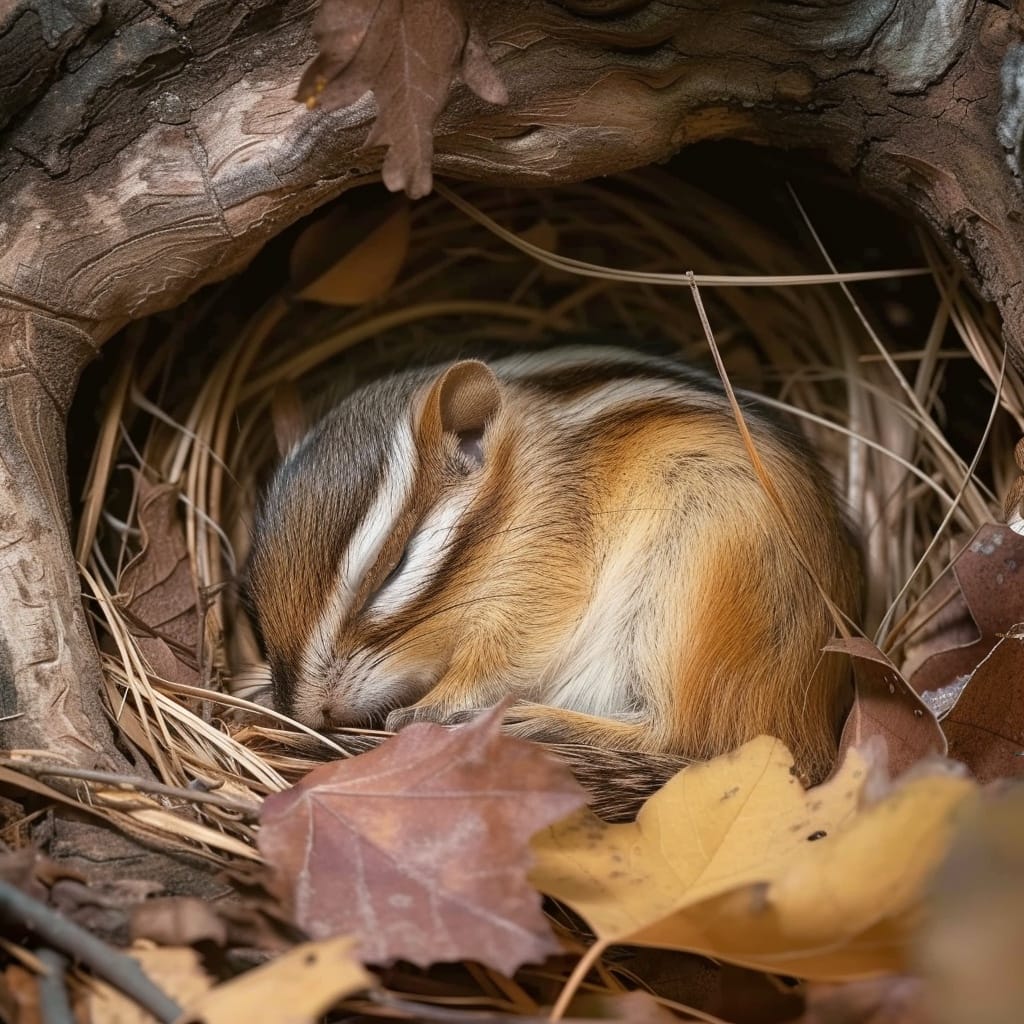
Ultimately, squirrels demonstrate that different winter strategies have very little to do with cold temperatures, snow, or ice, and everything to do with their diets and lifestyles.
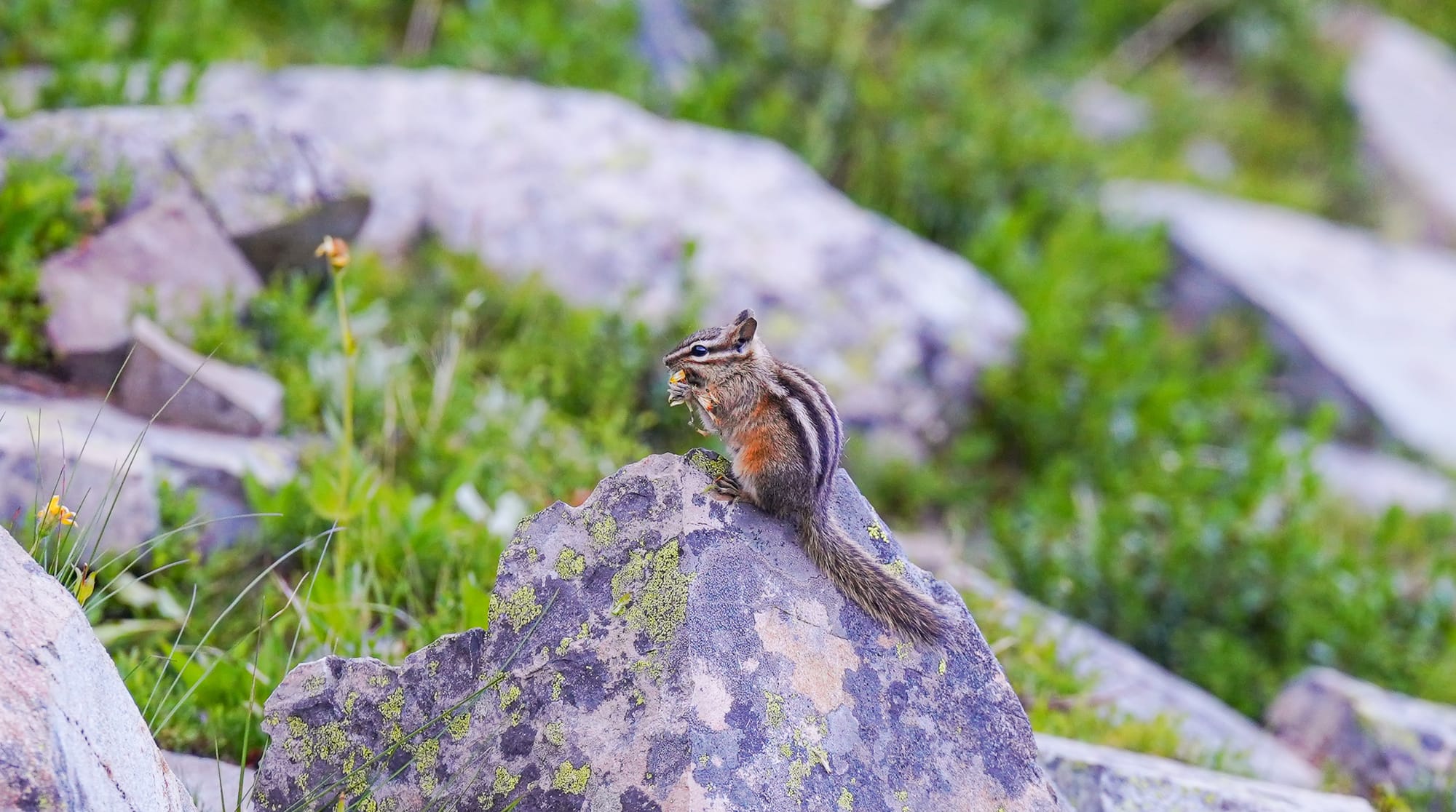
[This is already a long newsletter so feel free to stop here. But keep reading below if you want to nerd out a bit more on ground squirrel hibernation.]

Hibernation is such a profound metabolic transformation that it raises all kinds of important questions with far-reaching implications for human medicine.
For example, arctic ground squirrels hibernate in permafrost where their body temperatures drop below zero! But even at 27 degrees Fahrenheit their blood remains liquid, rather than freezing into ice, because the squirrels become supercooled.
At these temperatures, blood flow is reduced to a trickle and brain activity basically flatlines, yet the squirrel's brain cells do not begin dying. Russian scientists have found that in this supercooled state the dendrites and neurons of the squirrel's brain shrink 30%, but then within two hours of waking up the squirrel's dendrites resprout from scratch! This remarkable discovery has become a promising field of research for human stroke victims.
Another huge downside is that hibernation is essentially a very long fast with no new input of protein to keep tissues and organs alive. This is especially important for muscles, and in humans such a long period of rest and fasting would lead to muscle wasting.
And you wouldn't think of this, but during hibernation an animal's gut microbes are also deprived of protein! However, scientists have just discovered that hibernating ground squirrels and their gut microbes work together to solve this problem in a unique way.
Animals that are hibernating, or sleeping for long periods of time, begin to digest their muscles and produce nitrogen byproducts, which are toxic to the body and must be excreted as urea in urine. Urea can instead be recycled with urease enzymes, but animals lack this enzyme.
This is where the microbes come into play. Microbes can produce urease and use it to break urea molecules into nitrogen that then becomes the building blocks of new proteins for both microbes and their hosts.
In fact, the ground squirrels are partners in this process because special cells in the squirrel's gut lining work to pull urea out of their bloodstream and transfer it to their gut to hand it to microbes that wouldn't otherwise have access to the urea. It's a kind of closed loop where squirrels and microbes work in tandem to process and recycle energy that squirrels have spent all summer accumulating and storing in their body fat.
Member discussion